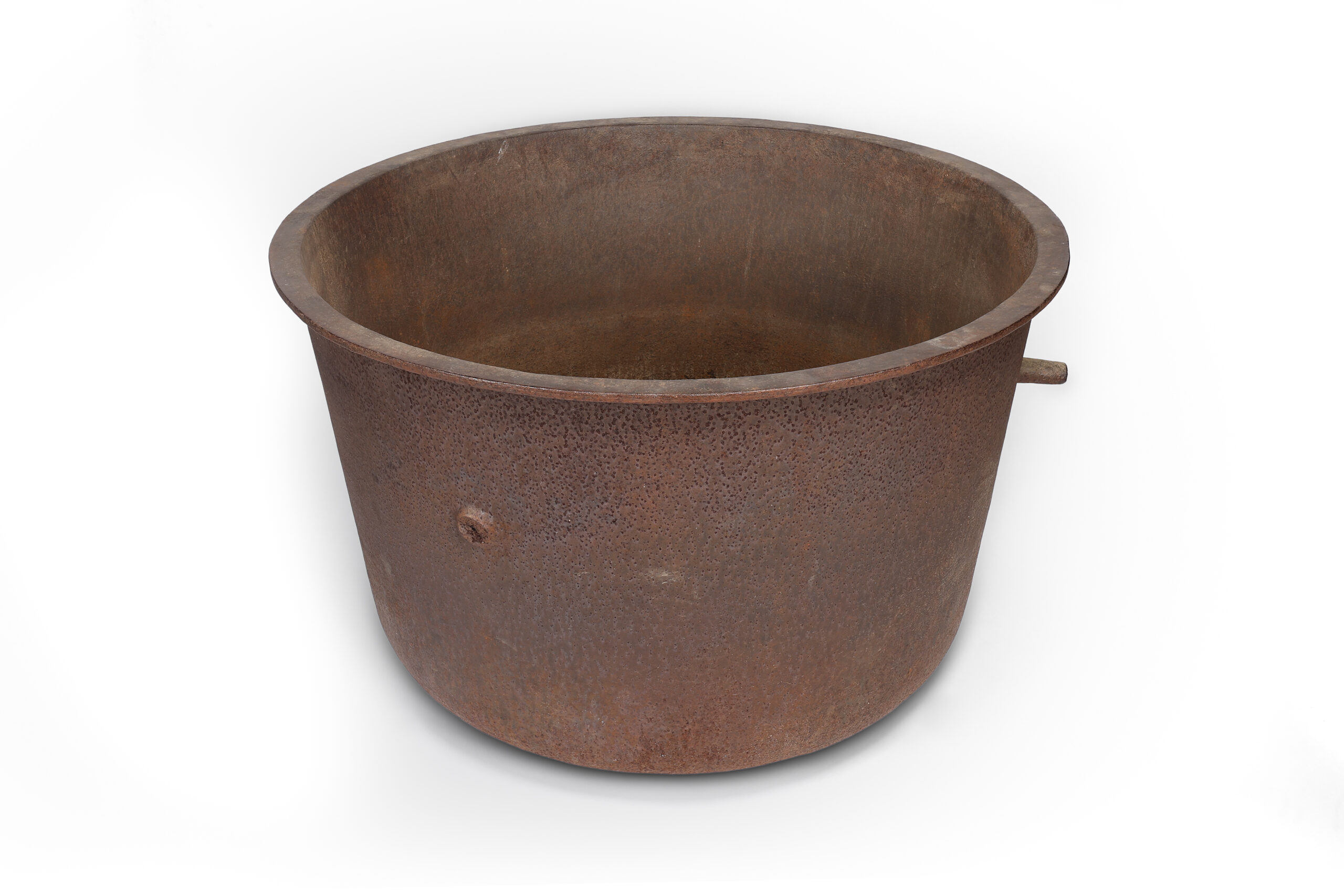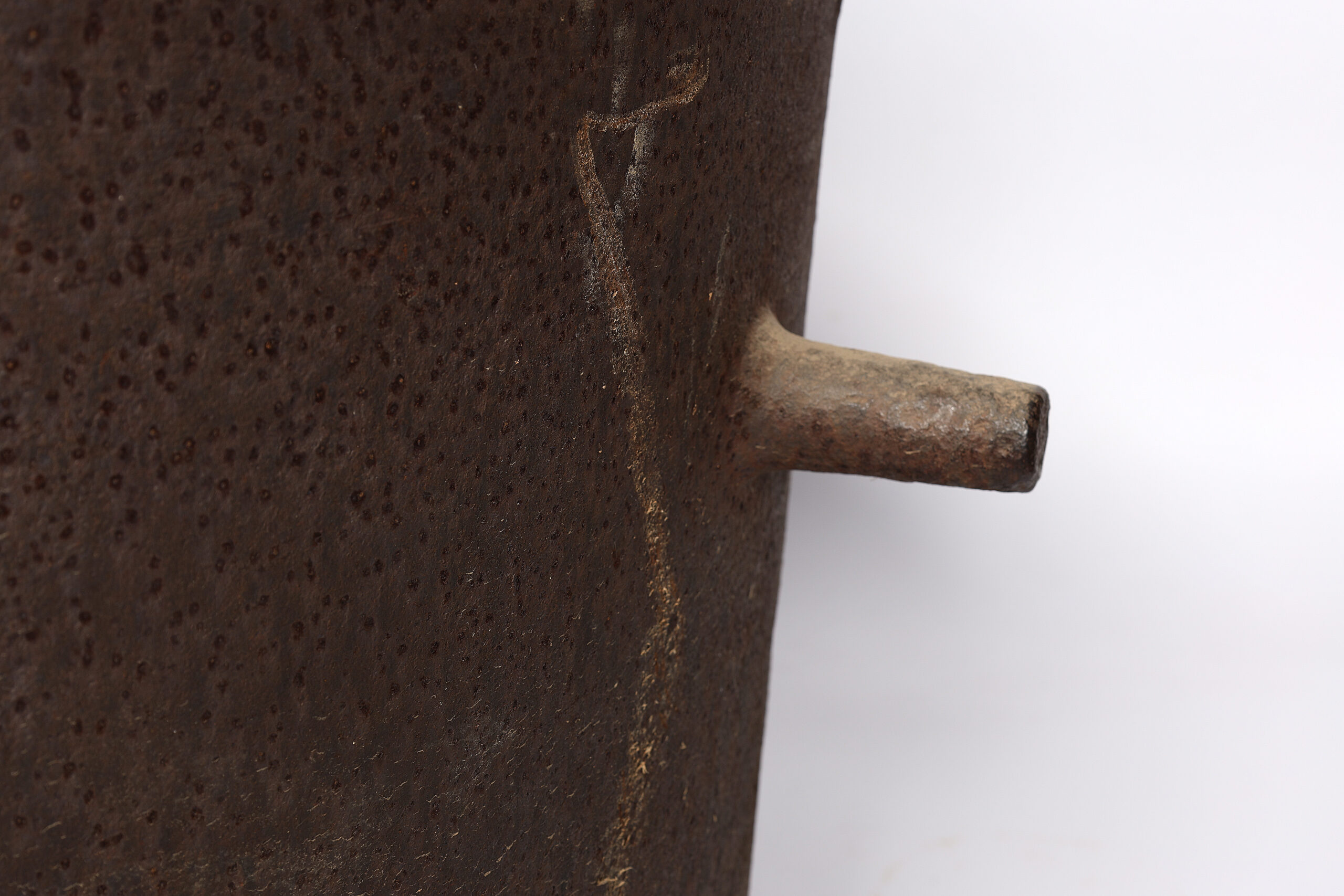Boiling-Down
A Foul-Smelling Solution to Economic Downturn
In the 1840s, graziers in the colonies were beset by falling prices for meat exports due to a depression in Britain. A smelly solution came in the form of boiling-down – the boiling of carcasses in vats to extract tallow (animal fat). Used to make soap and candles, tallow was worth more than meat, and boiling-down threw a lifeline to desperate graziers.
Boiling-down was first experimented with by William Charles Wentworth at his Vaucluse property using sheep bought from a butcher. James Ebsworth of the Australian Agricultural Company followed suit in 1838. Although Ebsworth was impressed by how much tallow a single sheep could produce, he didn’t pursue the practice because meat was attracting good prices at the time.
Five years later, in tougher times, Henry ‘Sugar’ O’Brien, a squatter from the Murrumbidgee, saw its potential. He experimented with yields and calculated comparative prices for tallow versus meat exports. In May 1843, the Sydney Morning Herald published a letter he’d sent showing his results. Hoping to avoid bankruptcy, desperate graziers followed O’Brien’s lead, and the boiling-down industry exploded. Within twelve months, 200,000 sheep were processed; within six years, that number climbed to more than two million.
Boiling-down vats were manufactured in iron and copper and rendered fat was stored in stitched sheep skins or wooden casks made by coopers. Summer-renders were stored in underground tunnels, transported to Sydney in cooler weather, then shipped to England. In addition to soap and candles, the British used the fat to make glycerine for explosives.
Although it was an undeniably unpleasant process, tallow’s economic contribution to colonial coffers cannot be understated.











